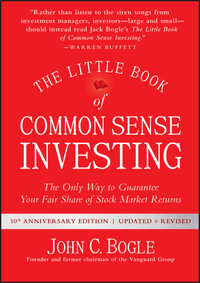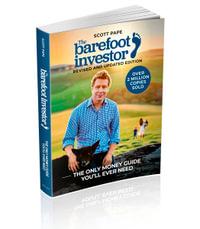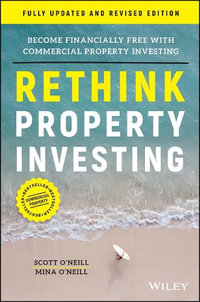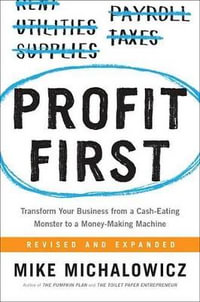Chapter 1 Introduction 1
What Is an Investment Philosophy? 2
Why Do You Need an Investment Philosophy? 3
The Big Picture of Investing 4
Categorizing Investment Philosophies 7
Developing an Investment Philosophy 10
Conclusion 12
Exercises 13
Chapter 2 Upside, Downside: Understanding Risk 15
What Is Risk? 16
Equity Risk: Theory-Based Models 16
Assessing Conventional Risk and Return Models 32
Equity Risk: Alternative Measures 34
Equity Risk: Assessing the Field 45
Default Risk 46
Conclusion 50
Exercises 51
Chapter 3 Numbers Don’t Lie—Or Do They? 53
The Basic Accounting Statements 53
Asset Measurement and Valuation 55
Measuring Financing mix 62
Measuring Earnings and Profitability 69
Measuring Risk 75
Differences in Accounting Standards and Practices 82
Conclusion 82
Exercises 85
Chapter 4 Show Me the Money: The Basics of Valuation 87
Intrinsic Value 87
Relative Valuation 110
Valuing an Asset with Contingent Cash Flows (Options) 119
Conclusion 121
Exercises 122
Chapter 5 Many a Slip: Trading, Execution, and Taxes 125
The Trading Cost Drag 125
The Components of Trading Costs: Traded Financial Assets 127
Trading Costs with Nontraded Assets 146
Management of Trading Costs 148
Taxes 150
Conclusion 159
Exercises 160
Chapter 6 Too Good to Be True? Testing Investment Strategies 163
Why Does Market Efficiency Matter? 163
Efficient Markets: Definition and Implications 164
Behavioral Finance: The Challenge to Efficient Markets 170
A Skeptic’s Guide to Investment Strategies 204
Conclusion 206
Exercises 207
Chapter 7 Smoke and Mirrors? Price Patterns, Volume Charts, and Technical Analysis 209
Random Walks and Price Patterns 209
Empirical Evidence 211
The Foundations of Technical Analysis 239
Technical Indicators and Charting Patterns 240
Conclusion 255
Exercises 256
Chapter 8 Graham’s Disciples: Value Investing 259
Who Is a Value Investor? 259
The Passive Screener 260
The Contrarian Value Investor 284
Activist Value Investing 293
Conclusion 326
Exercises 326
Chapter 9 The Allure of Growth: Small Cap and Growth Investing 329
Who Is a Growth Investor? 329
Passive Growth Investing 330
Activist Growth Investing 365
Conclusion 372
Exercises 373
Chapter 10 Information Pays: Trading on News 375
Information and Prices 376
Trading on Private Information 378
Trading on Public Information 398
Implementing an Information-Based Investment Strategy 421
Conclusion 422
Exercises 423
Chapter 11 A Sure Profit: The Essence of Arbitrage 425
Pure Arbitrage 425
Near Arbitrage 450
Speculative Arbitrage 460
Long/Short Strategies—Hedge Funds 465
Conclusion 469
Exercises 470
Chapter 12 The Impossible Dream? Timing the Market 473
Market Timing: Payoffs and Costs 473
Market Timing Approaches 477
The Evidence on Market Timing 506
Market Timing Strategies 514
Market Timing Instruments 518
Connecting Market Timing to Security Selection 521
Conclusion 521
Exercises 522
Chapter 13 Ready to Give Up? The Allure of Indexing 525
The Mechanics of Indexing 525
A History of Indexing 527
The Case for Indexing 530
Why Do Active Investors Not Perform Better? 554
Alternative Paths to Indexing 562
Conclusion 571
Exercises 572
Chapter 14 A Road Map to Choosing an Investment Philosophy 575
A Self-Assessment 575
Finding an Investment Philosophy 579
The Right Investment Philosophy 581
Conclusion 583
Exercises 584
Index 585
























